-
Welcome to Tundras.com!
You are currently viewing as a guest! To get full-access, you need to register for a FREE account.
As a registered member, you’ll be able to:- Participate in all Tundra discussion topics
- Transfer over your build thread from a different forum to this one
- Communicate privately with other Tundra owners from around the world
- Post your own photos in our Members Gallery
- Access all special features of the site
Tire pressure
Discussion in 'Wheels & Tires' started by Theghost37, Dec 26, 2019.


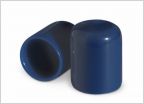 2014-19 lug nut Design specifications aluminium #90942a1001
2014-19 lug nut Design specifications aluminium #90942a1001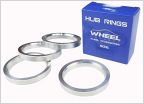 Hub centric rings for 2022+ Tundra
Hub centric rings for 2022+ Tundra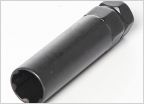 CAMBURG SPLINE WHEEL LUG KIT
CAMBURG SPLINE WHEEL LUG KIT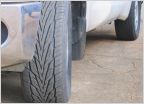 High performance Street Tire
High performance Street Tire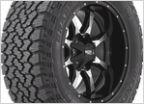 General Grabber non LT!?
General Grabber non LT!?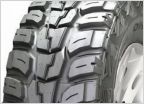 Kumho Road Venture MT KL71
Kumho Road Venture MT KL71












































































